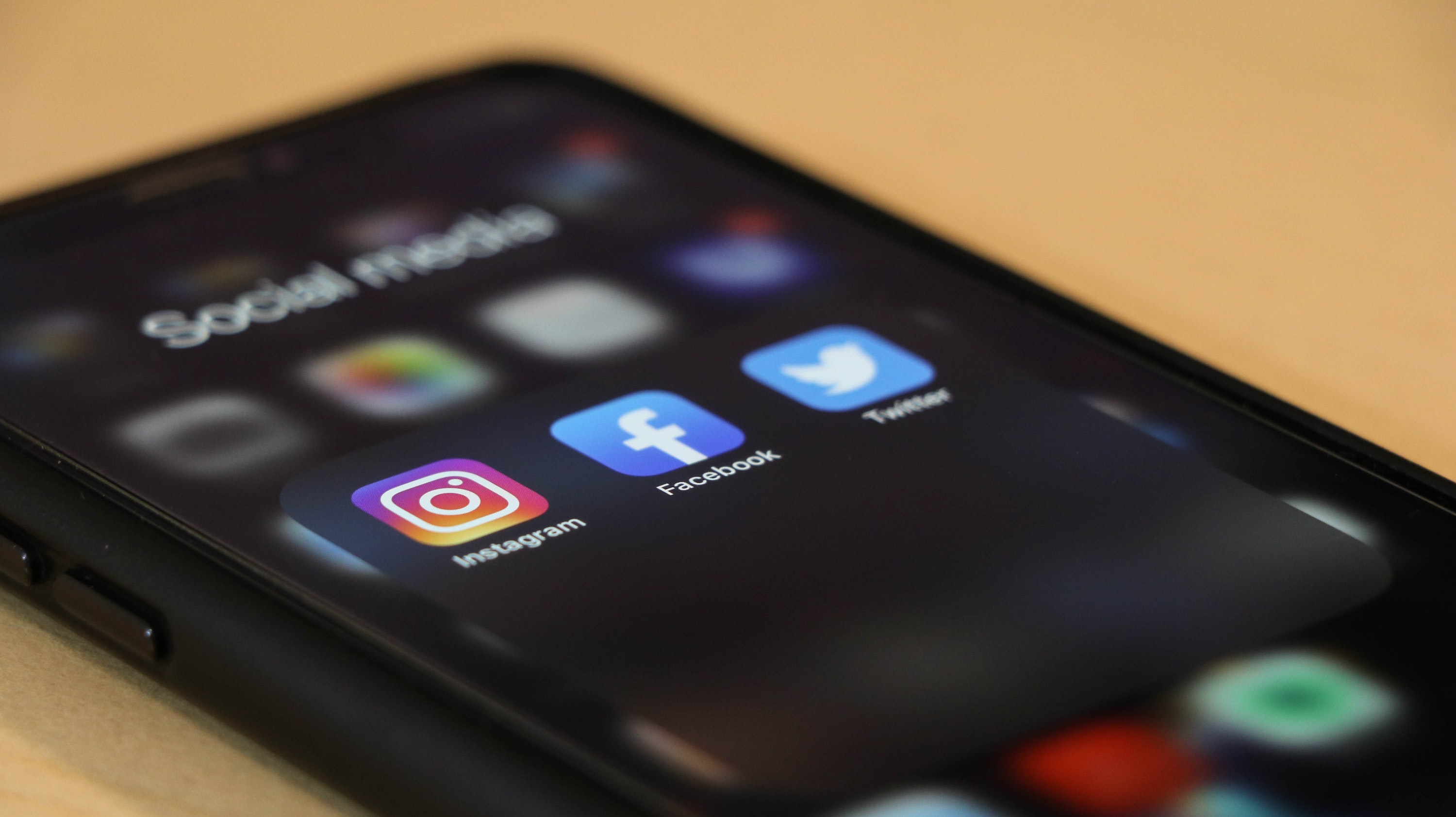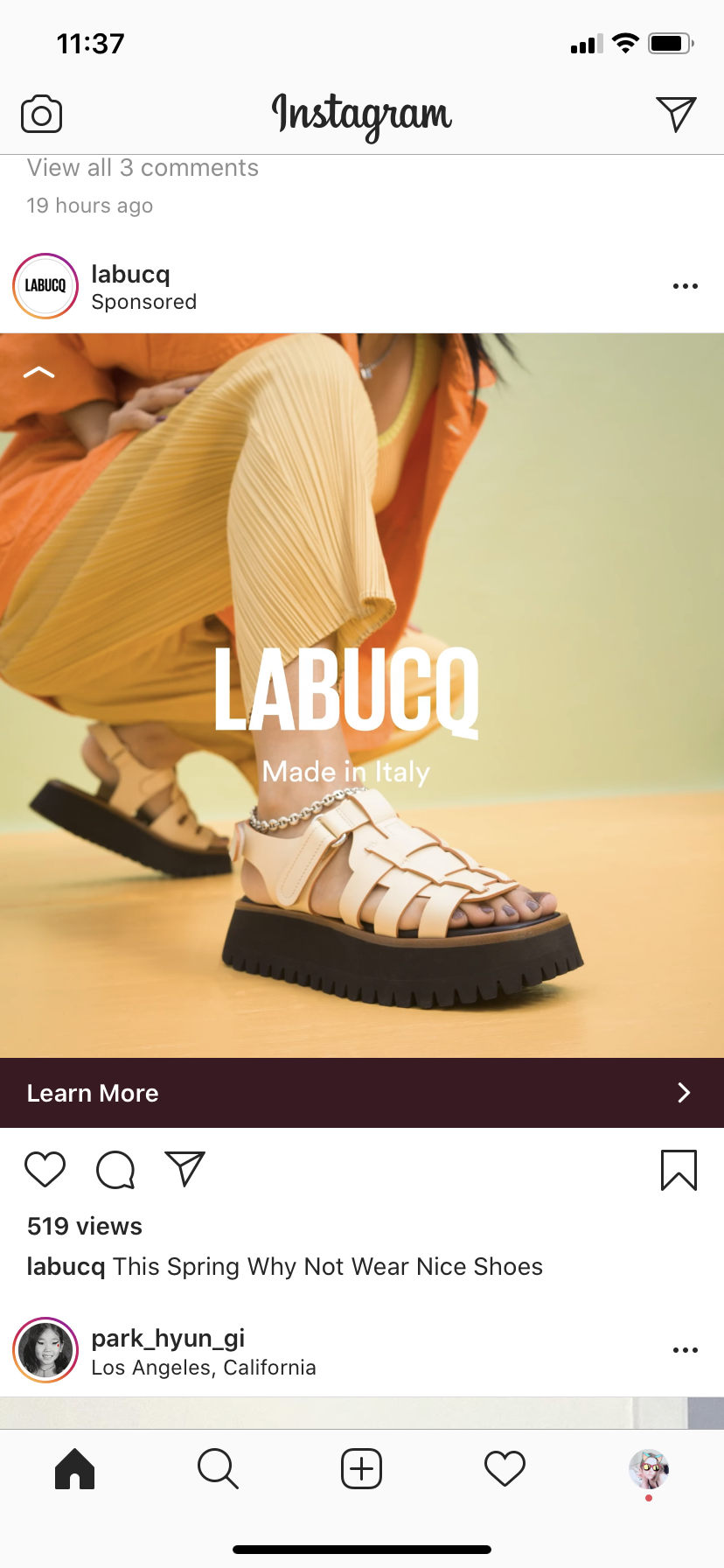Promoting your app launch on social media: 6 tips for a successful launch

.png)

.png)
We’ve all heard the phrase, “if a tree falls in a forest and no one is around to hear it, does it make a sound?”
Well, if you don’t promote your app’s launch on social media, do you even have an app? While the answer may be yes, it also means that your app isn’t getting the kind of attention it deserves.
Your team has spent countless hours creating your company’s app, brainstorming possible designs, and writing line after line of code, so making sure it has a successful launch through social media is an absolute must. Especially when you consider that there are 2.5 billion smartphone users and over 2 million apps living on the App Store.
It’s a crowded marketplace, so getting your app to stand out is vital to its success. Of course, there are many ways you can promote your app's launch, whether it be through an email campaign or various banner ads on your company’s website. One of the most crucial ways, and perhaps the most difficult, is through social media—after all, you won’t have to worry about your email sender reputation or getting your emails opened. Let’s break down some tips for a successful launch.
There’s a lot of social media platforms out there, and what works on one may not work on another. Plus, how your customers engage with a platform like Facebook may not be how they use a different platform, like Twitter or Instagram.

When promoting your launch on Facebook, create a page that allows your users to engage in a variety of different ways. On this page, you can feature promotions, such as discounts and special offers. You can even run contests or giveaways, in addition to offering a free trial of your app—if it isn’t free in the App Store. It’s also a great place for video tutorials on how to use your app, posting images, and even GIFS. Don’t forget to respond to any comments on Facebook and engage with your audience.
If you choose to promote the app on Instagram, remember that users of this platform gravitate towards a pleasing aesthetic. Stick to high-quality visual promotions, whether it be screenshots of the app or how-to videos. Instagram is also a great place to incorporate any shoutouts from influencers within the industry. Don’t forget the #hashtags!
Let’s not forget about Twitter, which is a great way to interact with your users. Share specific content, ask questions in the form of a poll (don’t forget to share the results!), update followers with news regarding the app, ask your followers if they are having any issues navigating the app. The more engagement you create on Twitter surrounding your app, the more users you’ll attract.
No matter the platform, those it’s crucial to the promotion of the app that engagement is top of mind. Whether it’s with new users, regular users, or champion users, everyone who tags the app or posts about the app deserves engagement. It’s a great way to show that your business cares about the people using the app, that you value what they have to say, and that you look towards them for ways to improve. Use a social media suite to get a better look at all of your profiles and work to customize your approach for each site and audience.
Don’t underestimate the power of a good user review—especially when it comes to promoting the launch of your app.
For instance, let’s say your mobile app is a new addicting game, complete with unique user avatars, challenging levels, and hard-to-solve puzzles. Entice the users of your app to post a positive review of the app on their social media by promoting this offer in the app. The reward, in addition to a comment back, a like, or a retweet, could be a free hairstyle, unlimited energy for 60 minutes, a code for 50% off the next in-app purchase, or 1,000 free coins.
The reward will, of course, depend on the type of app your company has built. Get creative with the in-app promotions—these can take the form of a pop-up or a banner on the homescreen. Make it eye-catching so your app users don’t miss it!

📖 Read more: How to ask for mobile app reviews: 4 examples of rating requests done right
Everything surrounding the launch of your app needs to be consistent. While yes, this means that your app remains bug-free and that nothing crashes on launch day, it also means the messaging around it needs to be consistent.
It’s always important to align social messaging to the in-app messaging for a seamless and omnichannel experience. This means that your team should consider elements like tone of voice, the style of voice, and even the wording throughout. This will go hand-in-hand with other elements, like brand colors, app design, and the logo.
Essentially, these aspects of your app are how your customers know that your business is, well, your business. Think about some of your favorite apps. I know that I can spot the Spotify logo from a mile away.
📖 Read more: How to create an omnichannel onboarding experience in 5 steps | Making your mobile app part of a successful omnichannel strategy
Sponsored ads on social media are a great way to reach an audience that will be interested in your app but may not necessarily know about it.
I remember the first time I ever heard about Stitch Fix, the clothing subscription service. It was from a paid ad on Instagram. I signed up that day.

Every social media platform allows for paid ads—so take the time to consider where the majority of your audience is, and invest in making sure they know about your app, what it does, and why they need it. When you target a specific segment within your audience and utilize the right kind of paid advertisement, you are sure to see an increase in downloads.
No matter what kind of app your business is launching, there is bound to be some competition within the market.
Consider conducting a competitor analysis, which allows you to see who the competition is, what they’re doing well, and what they need to improve on. This will also give your team a better idea of what is expected within the market. Then, take their strategies and build on them.
Maybe they’re spending a lot of their budget on Facebook advertisements—but nothing on Twitter. If this is the case, focus your paid ads where their audience isn’t being targeted, swoop in, and make sure to win some of their fans over with what your app has to offer.
While content may be king, don’t forget about the queen… data.
Most social media platforms provide you with the data you need to see how your social media posts are performing. For example, Twitter analytics tracks and measures the engagement your content receives overtime. This can be anything from your posts, photos, videos, or even live streams. This comprehensive dashboard helps you to understand how your social media efforts are reaching your audience.
From your top tweet to your top follower, take the time to analyze what your marketing analytics tool is telling you and where you can improve. Also, take note of which posts are getting the most engagement and plan some along the same lines. While it may not have been the post highlighting the apps launch, it may have been one that answers an important question users are having or maybe it was a tweet showcasing a helpful tip when navigating the menu. Whatever the case may be -- pay attention to it.
📖 Read more: The 15-minute guide to growth marketing
The launch of your company’s app is an exciting time for everyone involved. To make sure the launch gets the most attention possible, take the time to hype it up on social media. After all, what you post on social media can be the difference between 1,000 downloads and 10,000 downloads.
The Appcues Product Launch Planner is an easy (and totally free!) way to get started.
Answer 8 simple questions and we’ll give you a personalized and detailed timeline of everything you need to do to make sure that your next product launch is out of this world! 🚀
